
Calamus species - Plant
(MRP Inclusive of all taxes)
- Shipping ₹79 for entire order
- Dispatch in 7 days
- Country of origin: India

(MRP Inclusive of all taxes)
 Save 29%
Save 29%
Air Purifier Money Plant with Pot The Air Purifier Money Plant, also known as Pothos or Epipremnum aureum, is a stunning indoor plant that...
View full details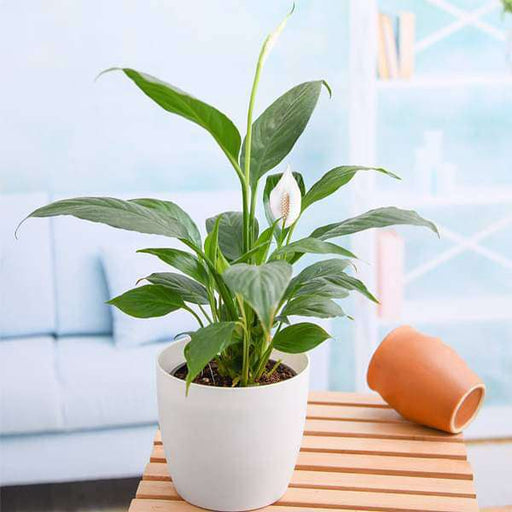
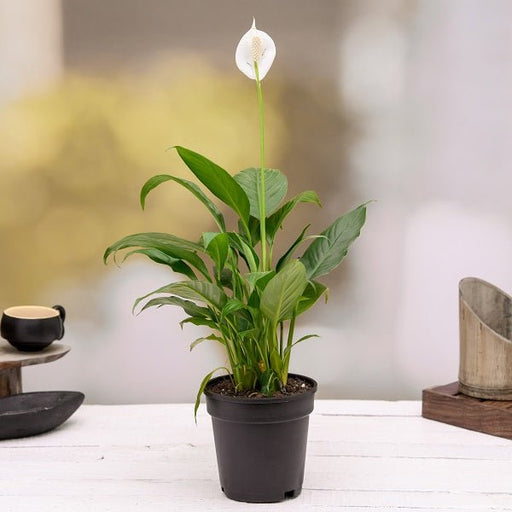 Save up to 15%
Save up to 15%
Peace Lily, Spathiphyllum - Plant The Peace Lily, scientifically known as Spathiphyllum, is a stunning houseplant celebrated for its elegant white...
View full details
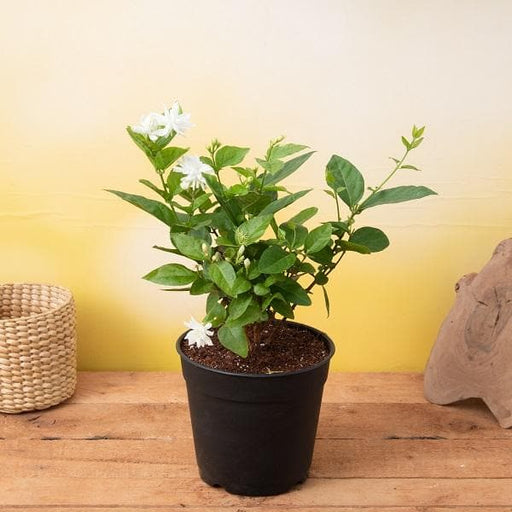 Save 25%
Save 25%
Jasminum sambac, Mogra, Arabian Jasmine - Plant Jasminum sambac, commonly known as Mogra or Arabian Jasmine, is a fragrant flowering plant...
View full details
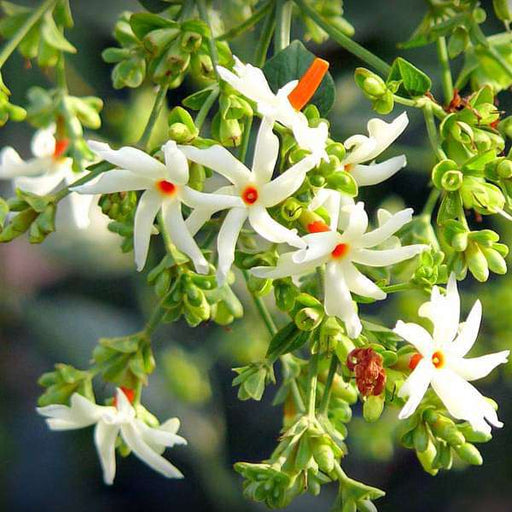 Save 18%
Save 18%
Combo Constituents Includes the Parijat Tree (Night-Flowering Jasmine), a culturally significant plant with fragrant flowers. Description The Pari...
View full details
 Save 25%
Save 25%
Miniature Rose, Button Rose (Any Color) - Plant The Miniature Rose, also known as the Button Rose, is a charming and compact flowering plant that ...
View full details Save 25%
Save 25%
Damascus Rose, Scented Rose (Any Color) - Plant The Damascus Rose, also known as Rosa damascena, is a timeless symbol of beauty and romanc...
View full details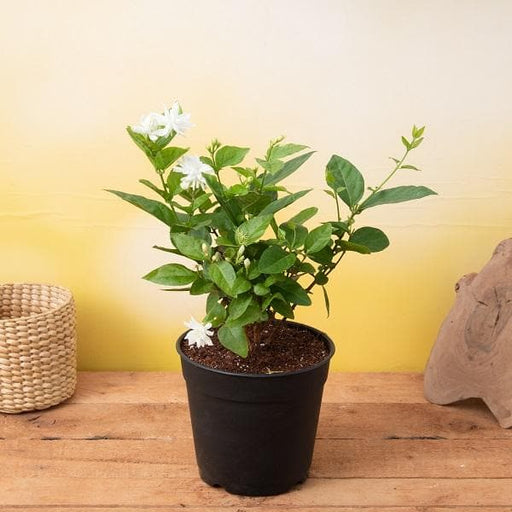
 Save 17%
Save 17%
Beautiful Fragrant Mogra, Arabian Jasmine Plant with Pot The Beautiful Fragrant Mogra, also known as Arabian Jasmine (Jasminum sambac), is...
View full details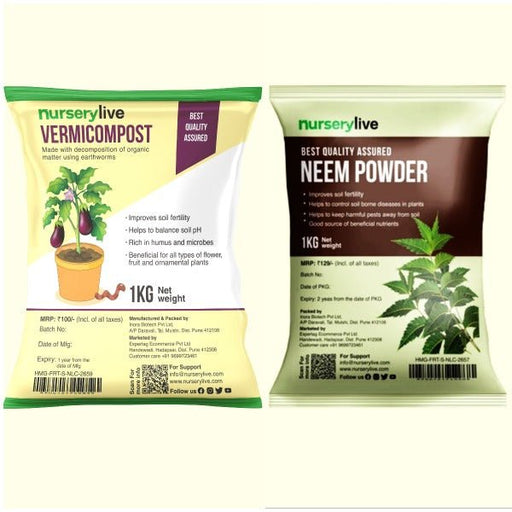 Save 15%
Save 15%
Pack of Vermicompost and Neem Cake for House Plants Transform your indoor garden with our premium Pack of Vermicompost and Neem Cake, spec...
View full details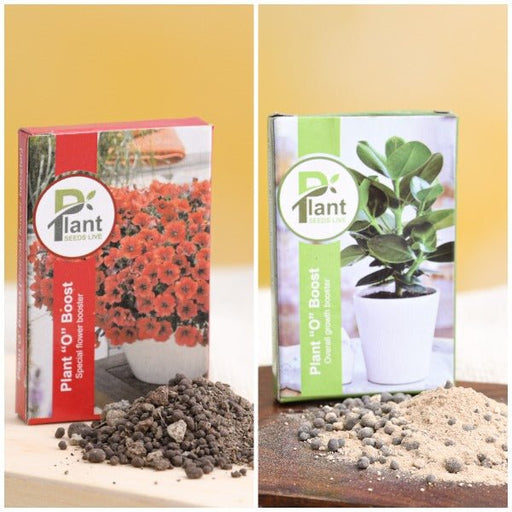
Pack of Plant Growth and Flower Boosters Unlock the full potential of your garden with our Pack of Plant Growth and Flower Boosters! This ...
View full details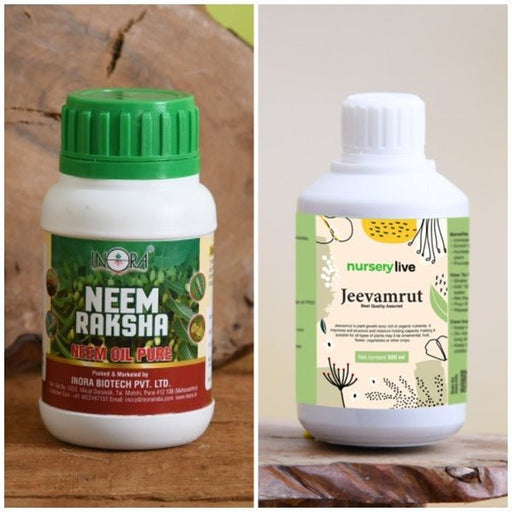 Save 38%
Save 38%
Combo of Jeevamrut and Neem Raksha for Easy Growth and Protection of Houseplants Transform your indoor garden with our exclusive combo of ...
View full details Save 22%
Save 22%
Plant Nutrients Kit (Pack of 16) for a Healthy Garden Transform your garden into a lush paradise with our Plant Nutrients Kit, featuring 1...
View full details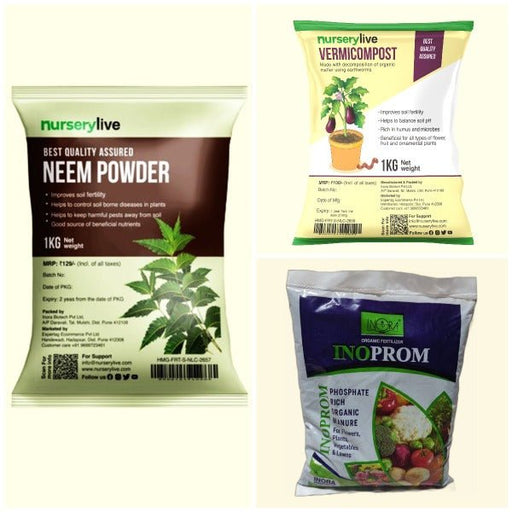 Save 16%
Save 16%
Combo of Top Plant Fertilizers Elevate your gardening game with our exclusive Combo of Top Plant Fertilizers, featuring two bags of premiu...
View full details Save 24%
Save 24%
Pack of 4 Additives to Make Soil Healthy and Nutrient Rich Transform your garden into a thriving ecosystem with our Pack of 4 Additives de...
View full details Save 30%
Save 30%
Transform your gardening experience with our premium Combo of Perlite and Vermiculite. This unique blend is designed to enhance soil aeration and ...
View full details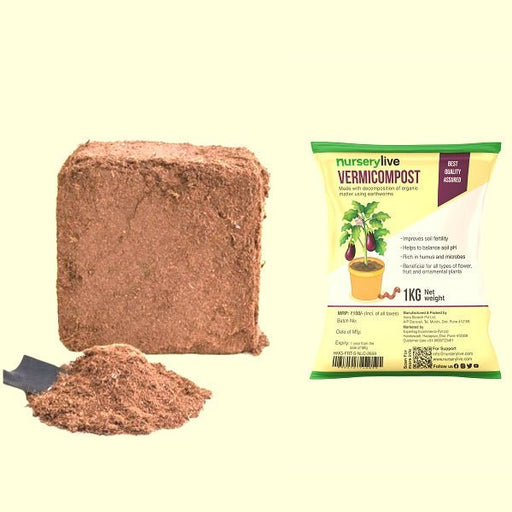 Save 27%
Save 27%
Combo of 2 Vermicompost and Cocopeat - Enrich Your Soil Naturally! Transform your garden into a thriving ecosystem with our Combo of 2 Ver...
View full details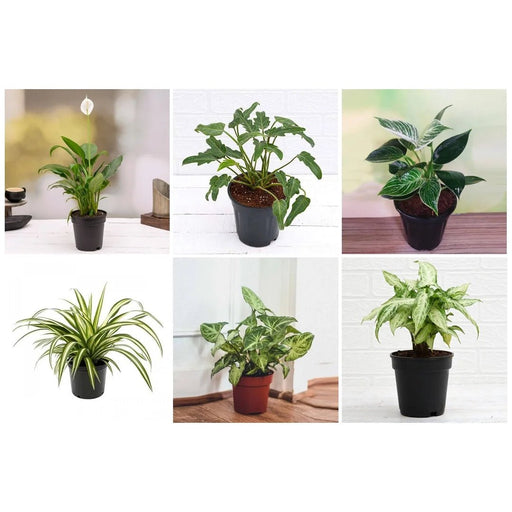
 Save 35%
Save 35%
Best 6 Plants for Perfect Indoor Garden Transform your living space into a lush oasis with our curated collection of the Best 6 Plants for a...
View full details
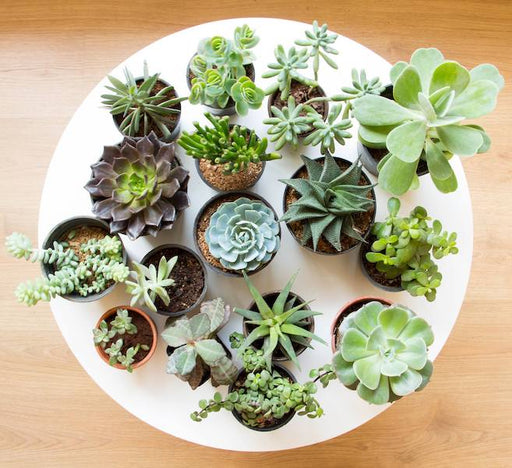 Save up to 50%
Save up to 50%
Mini Succulent Garden Pack Transform your space with our Mini Succulent Garden Pack, featuring a delightful collection of 4 any variety beautiful s...
View full details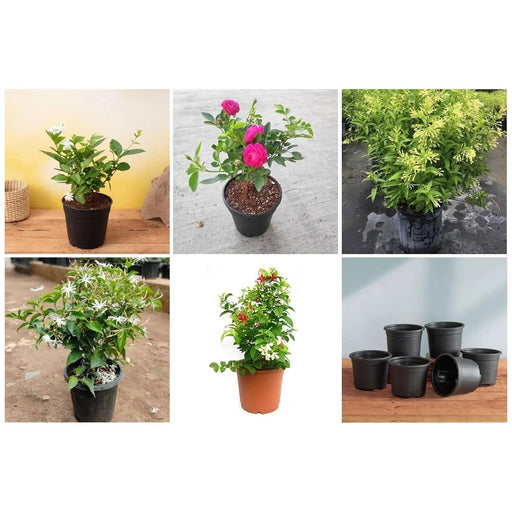
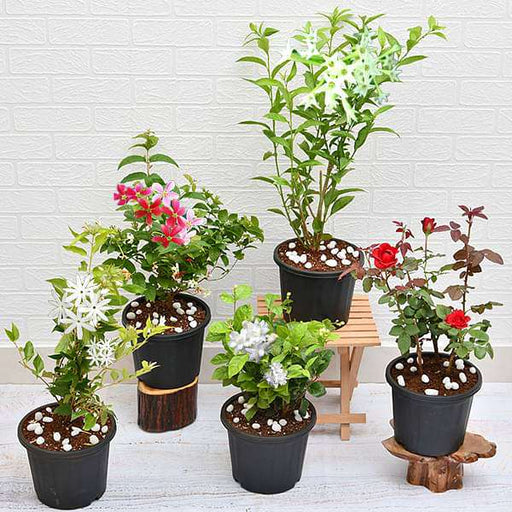 Save 30%
Save 30%
5 Best Fragrant Plants Transform your garden or indoor space into a fragrant paradise with our curated selection of the 5 Best Fragrant Plants. Th...
View full details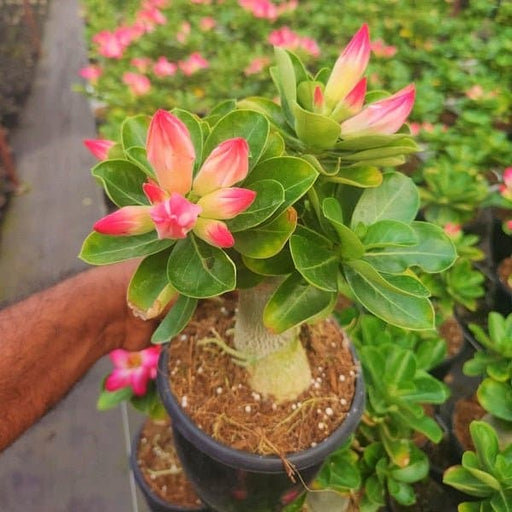
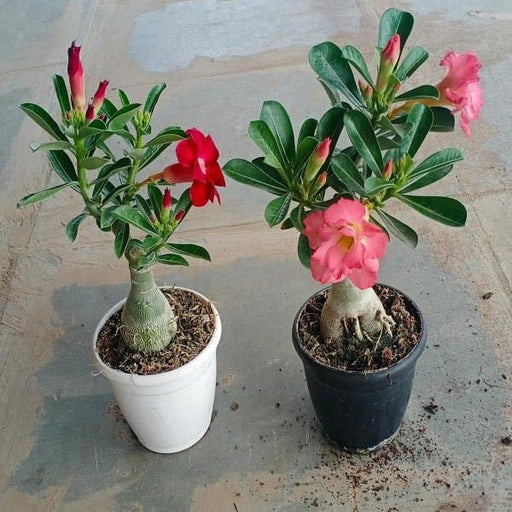 Save 24%
Save 24%
Set of 2 Bonsai Looking Grafted Adeniums Transform your indoor or outdoor space with our exquisite Set of 2 Bonsai Looking Grafted Adenium...
View full details Save 45%
Save 45%
Top 4 Die Hard Succulents Pack Transform your indoor or outdoor space with our Top 4 Die Hard Succulents Pack, featuring a curated selecti...
View full details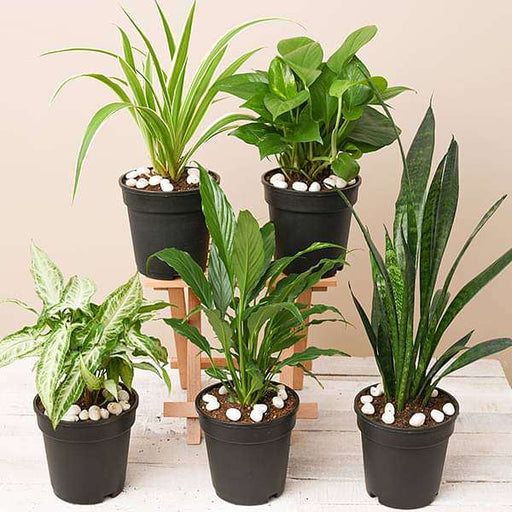
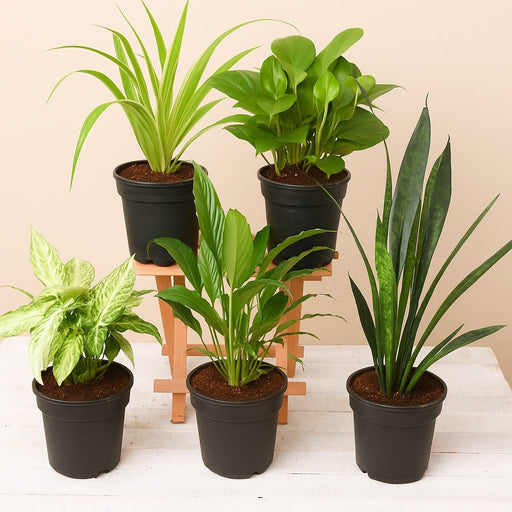 Save 30%
Save 30%
5 Best Indoor Plants Pack Transform your living space into a lush oasis with our '5 Best Indoor Plants Pack.' This carefully curated collection fe...
View full details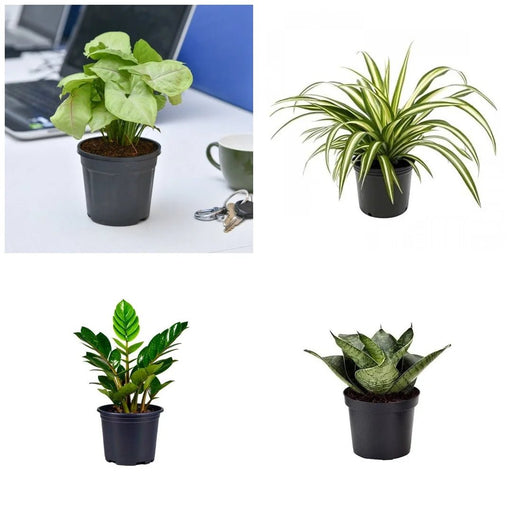
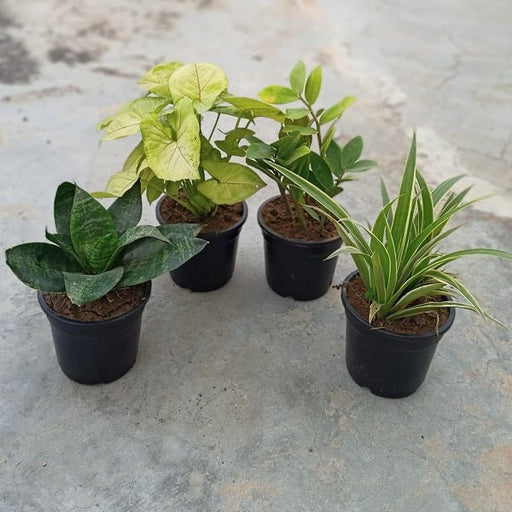 Save 25%
Save 25%
Set of 4 Evergreen Air Purifier Plant Pack Transform your indoor space into a lush, green oasis with our Set of 4 Evergreen Air Purifier Pla...
View full details| SrNo | Item Name |
|---|---|
| 1 | Calamus species - Plant |
Calamus species, commonly known as rattan, is a genus of climbing palms native to tropical regions. Renowned for its long, flexible stems, this plant has been utilized for centuries in various applications, from furniture making to traditional crafts. Its unique growth habit and ecological significance make it a vital component of its native habitats, supporting biodiversity and providing shelter for various wildlife.
What sets Calamus apart is its remarkable adaptability and resilience. This plant thrives in diverse environments, from dense rainforests to open woodlands, showcasing its ability to flourish under varying light and moisture conditions. Its stems are not only aesthetically pleasing but also incredibly strong, making them a preferred choice for artisans and manufacturers alike.
One of the special features of Calamus species is its sustainable harvesting potential. Unlike many timber species, rattan can be harvested without killing the plant, allowing it to regenerate and continue contributing to its ecosystem. This makes it an eco-friendly choice for consumers looking to reduce their environmental impact.
Ah, the classic rattan palm! This species is like the Swiss Army knife of the plant world—flexible, versatile, and ready to tackle any DIY project. Known for its long, slender stems, Calamus rotang is the go-to for furniture makers and basket weavers alike. It’s the plant that says, “Why settle for ordinary when you can be extraordinary?” With its ability to climb and twist, it’s practically the yoga instructor of the plant kingdom. Just don’t ask it to do a headstand; it might get tangled!
Standing tall and proud, Calamus erectus is the straight shooter of the rattan family. Unlike its more flexible cousins, this species prefers to keep things upright and proper. It’s the plant equivalent of a well-tailored suit—sharp, sophisticated, and ready for any formal occasion. Perfect for those who appreciate a little structure in their lives, Calamus erectus is often used in landscaping to add a touch of elegance. Just remember, it’s not just a pretty face; it’s got roots!
If you’re looking for a plant that embodies the phrase “less is more,” look no further than Calamus tenuis. This slender beauty is the minimalist of the rattan world, proving that you don’t need to be bulky to make a statement. With its delicate stems and graceful appearance, it’s the perfect choice for those who prefer a subtle touch in their gardens. Think of it as the understated artist, quietly creating beauty without the need for a spotlight.
Meet Calamus manan, the tropical superstar that’s all about the bling! This species is known for its stunning appearance and is often used in traditional crafts and decorations. With its glossy leaves and striking stems, it’s the diva of the rattan family, demanding attention wherever it goes. But don’t let its glamorous looks fool you; Calamus manan is also practical, providing materials for everything from mats to ropes. It’s the plant that knows how to work hard and look fabulous doing it!
If you’re in the market for a plant that’s as tough as nails, Calamus deerratus is your go-to. This species thrives in challenging environments, proving that resilience is its middle name. With its thorny stems and robust nature, it’s like the bouncer of the plant world—keeping the weaklings at bay. But don’t worry; it’s not all bark and no bite. Calamus deerratus is also a valuable resource for local communities, providing materials for various crafts and construction.
Calamus palustris is the water-loving cousin of the rattan family, thriving in marshy areas like a true aquatic diva. This species is all about that wet life, proving that you can be both stylish and adaptable. With its lush foliage and ability to grow in soggy conditions, it’s the perfect choice for those looking to add a splash of green to their water gardens. Just be careful not to let it get too comfortable; it might start throwing pool parties!
With a name that sounds like a character from a fantasy novel, Calamus hirsutus is the hairy hero of the rattan world. This species is known for its fuzzy stems, giving it a unique appearance that’s sure to turn heads. It’s like the quirky friend who shows up to the party in a wild outfit—unforgettable and full of personality. Beyond its looks, Calamus hirsutus is also a practical choice for crafting, proving that you can be both fun and functional.
If you’re looking for a plant that’s as smooth as butter, Calamus viminalis is your best bet. This species is known for its sleek, slender stems that are perfect for weaving and crafting. It’s the James Bond of the rattan family—suave, sophisticated, and always ready for action. Whether you’re making furniture or decorative items, Calamus viminalis is the reliable partner you want by your side. Just don’t forget to give it a little love; it thrives on attention!
Calamus zollingeri is the globetrotter of the rattan species, found in various tropical regions across Asia. This adventurous plant is like the backpacker of the botanical world, always on the move and ready to explore new territories. With its sturdy stems and adaptability, it’s perfect for those who appreciate a plant that can handle a little rough and tumble. Whether you’re using it for crafts or landscaping, Calamus zollingeri is the reliable travel buddy you didn’t know you needed.
If you’re looking for a plant that’s all about the drama, Calamus rudentum is here to deliver. With its thick, robust stems and striking appearance, it’s the showstopper of the rattan family. This species is often used in traditional crafts, making it a favorite among artisans who appreciate its bold character. Just like a good plot twist, Calamus rudentum keeps you on your toes, proving that sometimes, you need a little flair in your life.
Last but not least, we have Calamus subinermis, the underdog of the rattan species. Often overlooked, this plant is like the quiet genius in the corner—full of potential and ready to surprise you. With its unique growth habits and adaptability, it’s perfect for those who appreciate the beauty of the unconventional. Whether you’re using it for crafting or landscaping, Calamus subinermis is the hidden gem that’s just waiting to shine.
Calamus species, also known as rattan palms, are climbing plants that love to twirl around trees like they’re auditioning for a botanical dance-off. Found in tropical regions, these plants are famous for their long, flexible stems, which are perfect for crafting furniture, baskets, and even the occasional stylish walking stick.
Calamus species thrive in the warm embrace of tropical rainforests, where they can climb high and mingle with the canopy. They prefer shady spots with plenty of moisture, making them the introverts of the plant world. So, if you’re looking for a plant that enjoys a good forest party, Calamus is your go-to!
Caring for Calamus species is like nurturing a diva: they love humidity and indirect light. Keep the soil consistently moist but not soggy, and they’ll reward you with their graceful presence. Just remember, they’re not fans of cold drafts, so keep them cozy and warm, and they’ll thrive like the stars they are!
Calamus species are the Swiss Army knives of the plant world! Their stems are harvested for rattan, used in furniture and crafts, while their leaves can be woven into mats and baskets. Plus, some species have medicinal properties, making them not just pretty faces but also useful companions in your home and garden.
While Calamus species can be quite the climbers, they’re not typically classified as invasive. They prefer to stick to their tropical homes, where they can twirl around trees without causing too much trouble. However, like any plant, if introduced to a new environment, they might get a little too comfortable, so keep an eye out!
Calamus species are like the tortoises of the plant kingdom—slow and steady wins the race! They can take several years to reach maturity, but once they do, they’ll climb and spread with grace. Patience is key, so grab a cup of tea and enjoy the show as they take their sweet time.
Absolutely! Calamus species can be grown indoors, provided you give them the right conditions. They love humidity and indirect light, so a bathroom or a well-lit corner can be their new home. Just remember to keep the soil moist, and they’ll be happy to show off their climbing skills in your living room!
Calamus species can attract a few uninvited guests, like spider mites and mealybugs. These pests can be a nuisance, but don’t fret! A gentle wash with soapy water or a neem oil spray can send them packing. Keep an eye on your plant, and it’ll stay pest-free and fabulous!
Good news for pet lovers! Calamus species are generally considered non-toxic to cats and dogs. However, just because they’re safe doesn’t mean your furry friends won’t take a nibble. Keep an eye on them, as too much of anything can lead to an upset tummy. Better safe than sorry!
Propagating Calamus species is like playing matchmaker! You can do it through seeds or by taking cuttings from healthy plants. Just ensure the cuttings have a few nodes, plant them in moist soil, and give them some love. With a little patience, you’ll have new climbing companions in no time!
Calamus species prefer a well-draining, rich soil that retains moisture without turning into a swamp. A mix of potting soil, peat, and perlite works wonders, providing the perfect balance of nutrients and drainage. Think of it as their luxurious spa treatment—just the right amount of everything to keep them happy and thriving!